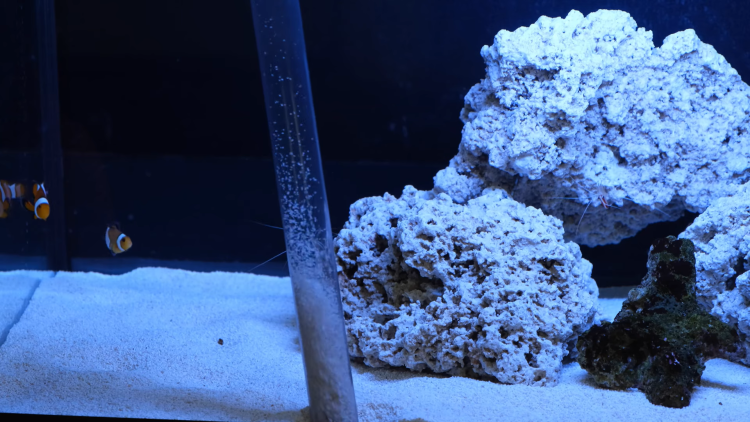3 Tips to Become the Top 10% of Saltwater Aquarists
- Feb 05, 2023
- Anshika Mishra
- 209 0 0

90% of the new saltwater hobbyists leave after just one year. But there are three things the top 10% do to avoid failure. So in this article, here are the top 3 things to do to avoid failure.
Get Source Water Right
When you are new to the hobby, it's better to think of it as keeping the water and not the corals and fishes. Fish and coral get everything they need from the water they live in, from oxygen to nutrients.
Providing great quality water is important to give your wet pets the perfect environment to thrive. Because fish are corals that live and breathe in their water, they also suffer if your water quality is off base.
Letting water quality slip is the most common cause of problems in a saltwater aquarium. All of this means you'll be ahead of the game by just using good quality source water. The easiest place to start is your local fish shop which will almost certainly pre-mix saltwater.
But not all shops maintain the same standards. So, to check their water quality is up to scratch, ask what TDS your shop keeps their water at. Zero TDS is the ideal number, but while anything under 10 is probably okay if the number is above 10, you should look elsewhere.
But while buying salt water is the easiest, if you want the best option, you should filter your own water. To do so, you'll need an RO/DI filter. The four-stage RO/DI filter is the perfect starter designed specifically for a reef tank and has everything you need to get started.
It'll be cheaper than buying water from your local store and give you control over the water quality in your tank.
Test Your Water
Next, keep your water pristine, and the key to that is testing. We, humans, are simple creatures, and we tend to think that seeing is believing. But when it comes to water, seeing means next to nothing.
With the saltwater tank, you want to test the main parameters once a week. For the first three months, it means testing salinity, nitrate, and phosphate, which should take a total of 10-15 minutes. Then when you want to add your first coral, add calcium, alkalinity, and magnesium to that list which will add another 10 to 15 minutes a week.
Simply testing those parameters will keep you ahead of the game, as you'll be able to spot when your water parameters start to drift out of whack and take action to bring things back in line.
Water Changes
One of the most searched phrases in our hobbies is how to run a tank without water changes. There are no two ways about it; mixing up your own saltwater every single week and then removing old tank water and replacing it with new water is not easy.
It's possible to keep the saltwater tank without water changes with the Triton method. Still, the trade-off is that the method involves sending a water sample to a lab regularly and constantly adding a few miles of one of the 20 bottles they'll sell you for $20/bottle.
Changes happen slowly in a reef tank, and six months after you've stopped doing water changes when your corals are fading, and your rock is covered in algae, you'll be racking your brain trying to workout out what you've done in the past week that could have caused it when the real answer is not doing a water change.
Think of water changes as investing time to keep your tank in the top 10%.






About author